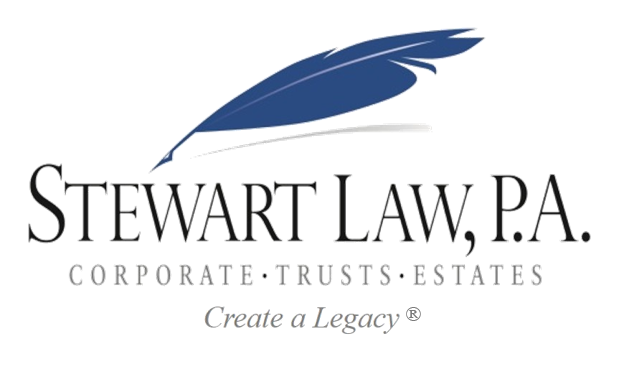How To Protect Your Assets From Creditors

Protecting your assets from creditors (“asset protection”) is a topic you don’t think much about until a triggering event, and then it can jump to the top of your priorities. The triggering event may be an accident with personal injuries on your property, a contract commitment turning bad, or involvement in a financial project where substantial resources are lost.
Asset protection planning can take many forms, including changing asset titles or setting up structures, such as LLCs or Trusts, to own assets. With respect to Trusts, in the past these have probably gotten more press than their actual usage would merit. That’s because North American law basically prevented moving your assets to a trust that includes you as a beneficiary and using this to shield the assets from creditors.
Trusts serve many useful purposes, but in the U.S. asset protection for the person who establishes the trust wasn’t one of them. This changed in 1997 when Alaska became the first state to permit self-settled asset protection trusts, competing with offshore jurisdictions, such as the Cook Islands. The trend of U.S. states permitting individuals to use trusts to protect assets from their own creditors continues to pick up steam. With the recent additions of Indiana and Connecticut, the number of states with asset protection trust legislation now stands at 19.
While the rules for establishing these trusts differ by jurisdiction, they have some common themes such as:
(1) that state’s laws must govern the trust, (2) they require a Trustee and some assets in the state, (3) the trust must be irrevocable and, (4) it must contain provisions limiting creditors’ rights.
Domestic Asset Protection Trusts (DAPTs) are becoming much more common and are one technique to consider if you are interested in protecting your assets.
*Intended as general guidance only and not as legal advice.
